“Why Peru?”
“Well… why not?”
That’s pretty much how about 99% of the conversations went leading up to where this year’s family winter break vacation would be taking us. Myself being the proponent for warm weather, my dad’s enduring readiness for a new stamp on our passports, mom’s unfulfilled exploration of South America, and a few friend’s suggestions turned our talk into tickets to see and experience the biological, geographical and cultural diversity of Peru.
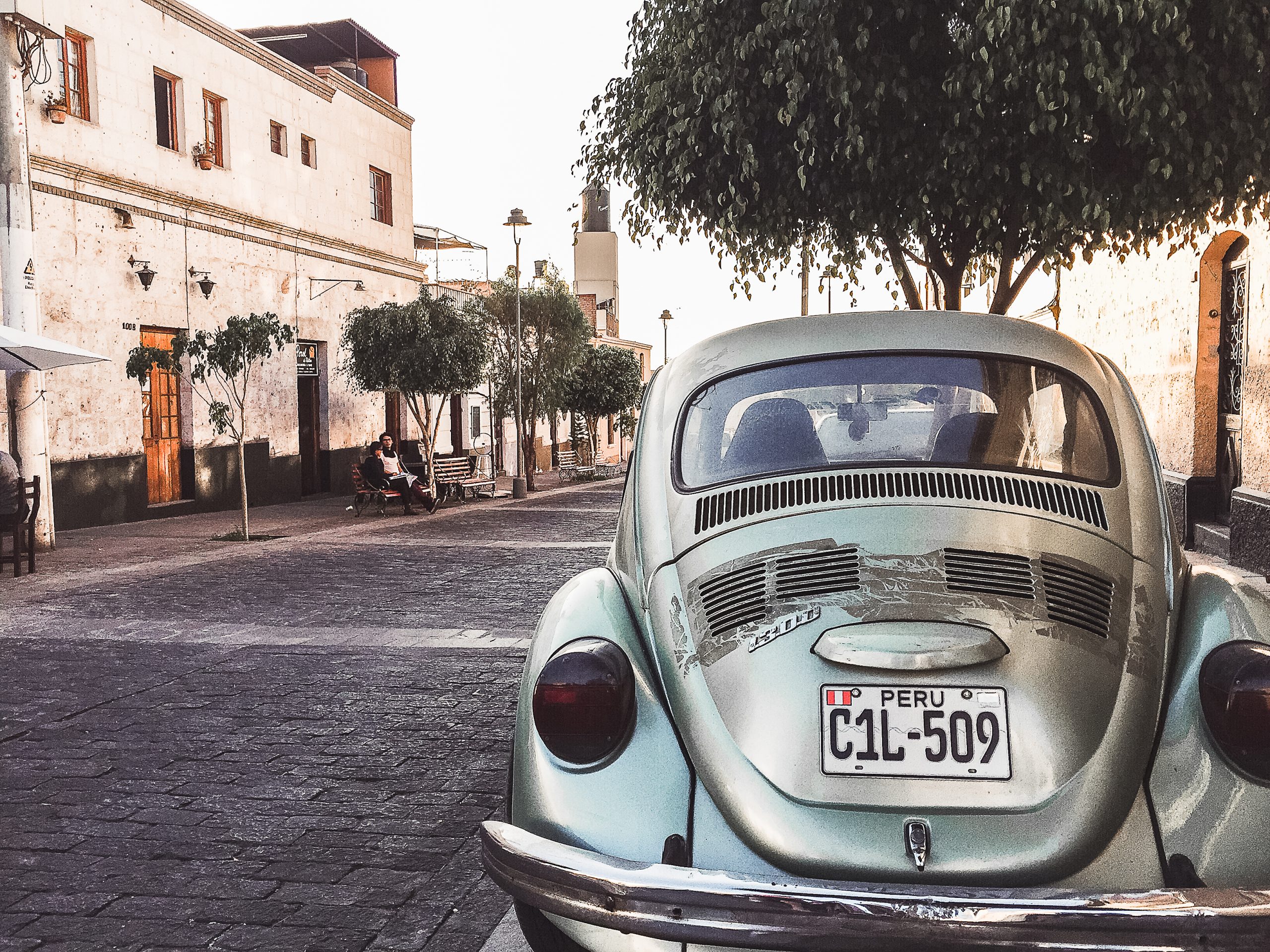
Trips usually ooze spontaneity for us, but there are a few things to know ahead of time that I definitely recommend to anyone traveling to Peru.
Things to know ahead of time:
Transportation– Distances in Peru are very long so traveling between cities is best done by bus or train and then renting a car from there. If you don’t want to rent a car, hiring a taxi is an easy and cheap way to get around. Using local buses can be a good yet tricky option for the thriftiest of travelers, but most every city can be seen by walking or by taxi.
Elevation– Acute mountain sickness (ACM) can be combatted by the coca leaf – yes, the leaves from a cocaine plant – which are actually a natural remedy for getting acclimated to the elevation change.
Eating– Quinoa, corn, potatoes, alpaca, guinea pig, ceviche, I could go on about the wonderfully delicious (and quite gluten-free friendly) cuisine of Peru. Yet what goes in must come out and more likely than not, you will be greeted by an inevitable case of traveler’s diarrhea. Be prepared ahead of time by packing the proper medication and take the necessary precautions by washing your hands and staying away from any raw fruits or veggies, such as apples, tomatoes, lettuce, etc. In turn, choose to eat only cooked foods or foods you can peel yourself i.e. bananas, avocado, etc. Only drink bottled water and do not order ice for any drinks. If you do happen to face Montezuma’s revenge, over-the-counter medicine including Bismuth subsalicylate can surely help, but take with caution as this inevitable response is still your body’s natural way of expelling toxins that you don’t want to hold on to.
Money– In Peru, they use the Peruvian Sol. Currently, 1 U.S. Dollar equals 3.4 Peruvian Sols. In other words, Peru is really cheap so eat, drink and do all you can, as you’ll be presently surprised when a gourmet four-course meal ends up being about $30.
With that said… on to the adventure!




As soon as we landed into Lima, we flew straight to Arequipa. Set among not one but three stunning volcanoes, Peru’s second largest city provides an equally pleasurable offering in its political history, colonial edifices and gastronomic creativity. Known for it’s glistening sillar stone buildings, “The White City” is a beautiful example of indigenous and Spanish colonial culture. Once we landed in Arequipa, we checked into the lovely Casa de Avila Tourist Hotel. A wonderful location topped with friendly service, clean rooms, a beautiful outdoor courtyard and a happy pet turtle made us feel more than welcomed to Peru. Enjoy the hotel’s amenities in full by taking part in their Peruvian cooking experience or short-term Spanish speaking school.
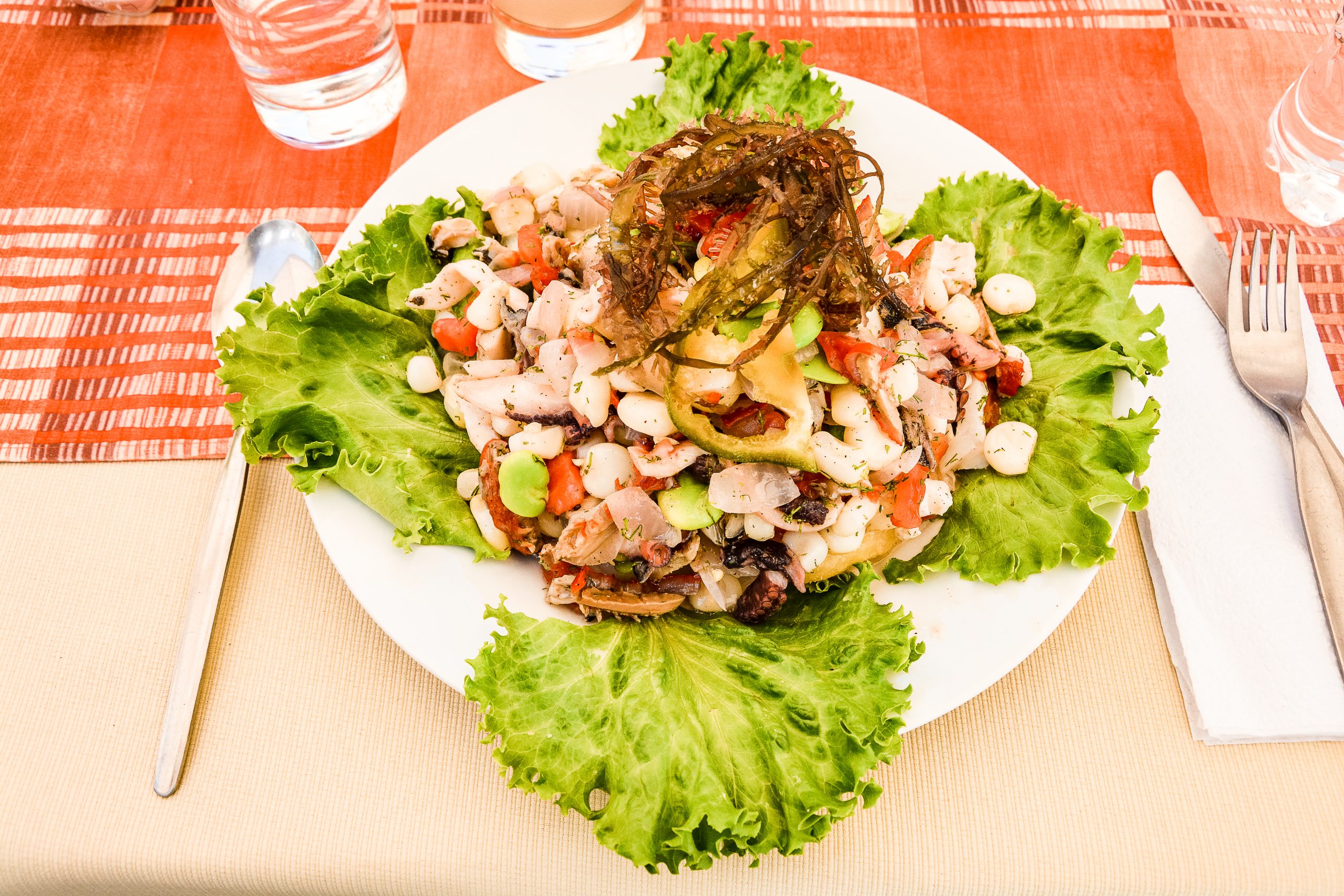
Ready to see (and eat) all Peru had to offer, our hotel recommended our first lunch at Restaurant Tipika. One thing Peru is known for is its ceviche. Ceviche is a Latin American dish consisting of raw fish marinated in lime juice in which the acid from the juice coagulates the proteins in the raw fish, essentially cooking it. The Peruvian version is usually served with onions, cilantro, chili pepper, native corn, and sweet potato. From the flavorful sarza de mariscos to the fresh cebiche de corvina, Restaurante Tipika serves fresh, traditional and generous sized portions of traditional Peruvian food. With friendly service and a never-ending menu of deliciousness, it only makes sense to eat there twice (personal testimony offered). With lunch being the main meal of the day, most lunch restaurants are open from 12pm-5pm so plan accordingly. Other than the astounding flavors, I must note the biggest surprise when I unknowingly ate something so hot it could have been sent from the devil; the Peruvian Aji chili pepper. Though I am not entirely sure of the exact variety, I’m assuming it may have been the Ajì Limo or Rocoto pepper, both of which are often used to garnish ceviche and really dang hot. Let’s just say after about 10 minutes of tears, the waiter brought some evaporated milk to save me from exploding. This is in no way to discourage adventuresome eating, but just a small reminder to be aware of what you order and if you do come across this gem, I hope you have a high heat tolerance or are equipped with some really strong waterproof mascara.

After one amazing lunch, we did not know how another restaurant could compare, but Zig Zag proved its worth and ratings in its fantastic food. Upscale yet casual, Zig Zag puts a European twist on classic Peruvian food. Specializing in the highest quality meat, let your taste buds enjoy the best by ordering the trilogy meat sampling dish which comes with your combination choice of steak, chicken, pork, lamb, and the indigenous alpaca, wonderfully prepared and presented on a piping hot lava rock.

The next day, we took a guided tour of the incredible Santa Catalina Monastery. Most notably the largest convent in the world, this citadel within a city was built in 1580 and housed over 450 nuns for more than 400 years. You can wander the stone grounds and vividly painted walls on your own or pay $20 for a two-hour guided tour that will delight any history, art, and culture enthusiast or tourist alike.
For an afternoon pick me up, stop by the Museo de Pisco and order a nice, refreshing pisco sour. To see a bit more of the town, walk to the Plaza de Armas or stroll through the Selva Alegre park to get a taste of both city and nature. Among the boutique-lined streets, make sure not to miss out on buying top quality baby alpaca and woolen goods. Arequipa is the world’s capital of alpaca, a fine and valuable wool coming from Andean camels, and produces nicer design of sweaters, ponchos, blankets and scarves alike. Check labels to see which items are 100% alpaca and treat yourself to Peru’s finest alpaca woven products.
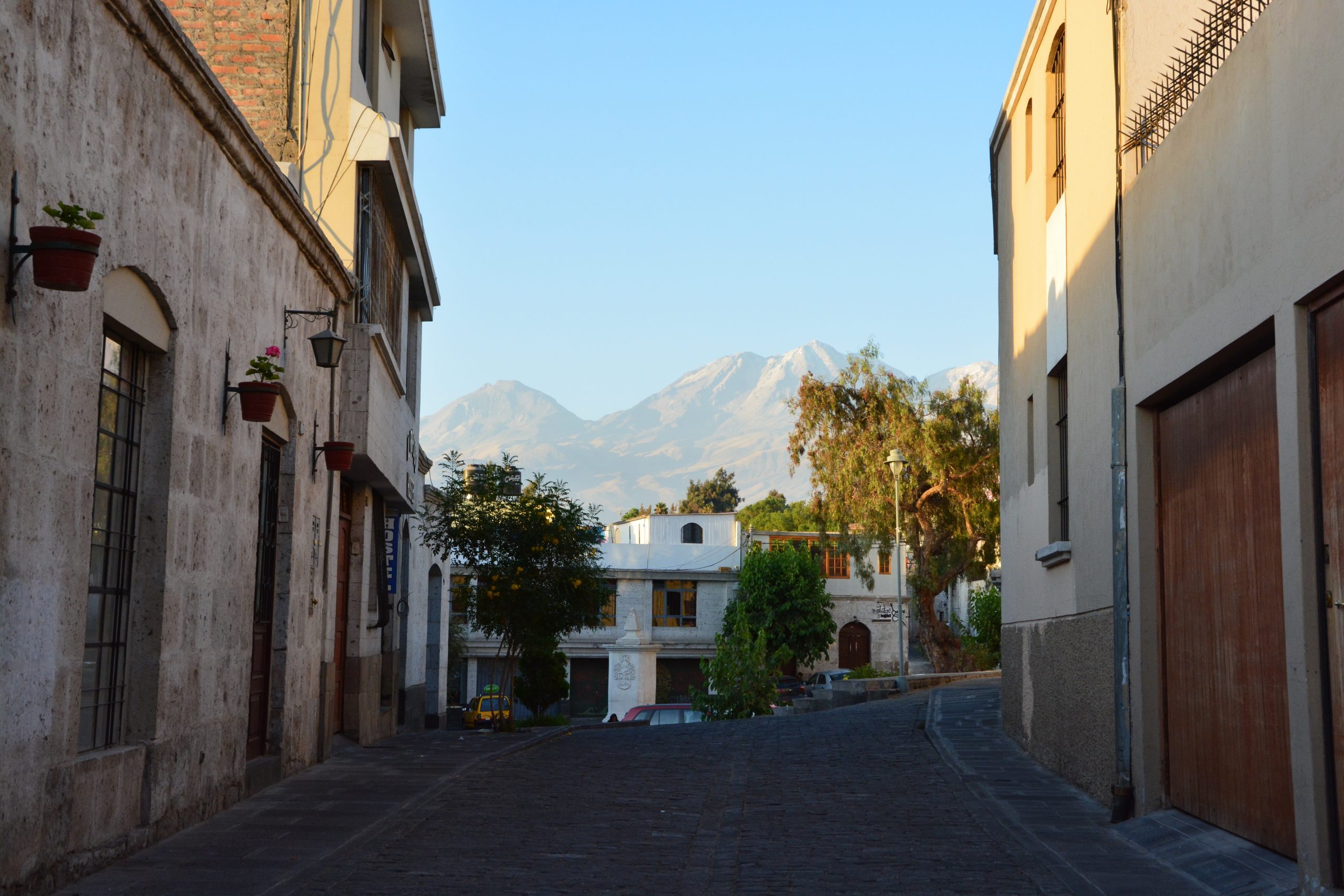
If you have more time, definitely include surrounding activities like hiking the magnificent El Misti or touring the prized Colca Canyon to complete your Arequipa itinerary.


As if 7,638 ft. wasn’t enough, the next day we flew out and up to the ancient Incan capital of Cuzco (Cusco). The city of Cuzco, sitting at 11,200 ft., is one of Peru’s most visited cities, most noted for its surrounding ancient ruins and being the gateway to incredible historic sites such as the Inca Trail, Machu Picchu and the Sacred Valley. The city itself beautifully represents the indigenous Quechua culture and what better way to experience a culture than through food.

If you want a meal to remember, be sure not to miss Chicha Por Gaston. Thanks to famous Peruvian chef Gaston Acurio, at Chicha you will be presented with the most inventive, exquisite and truly tasty plates. Whether it’s grilled octopus with estewed tarwi and yacon salad to alpaca tartare with toasted quinoa and mushroom vinaigrette, every meal is memorable at Chicha. And just as you think you’re about to explode, no meal is complete without the chocolate balloon for dessert.For traditional Peruvian food, Marcelo Batata is another fantastic place to go with hearty, flavorful meals like Peru’s famous lomo saltado to get a taste of true Peruvian home-style cooking.
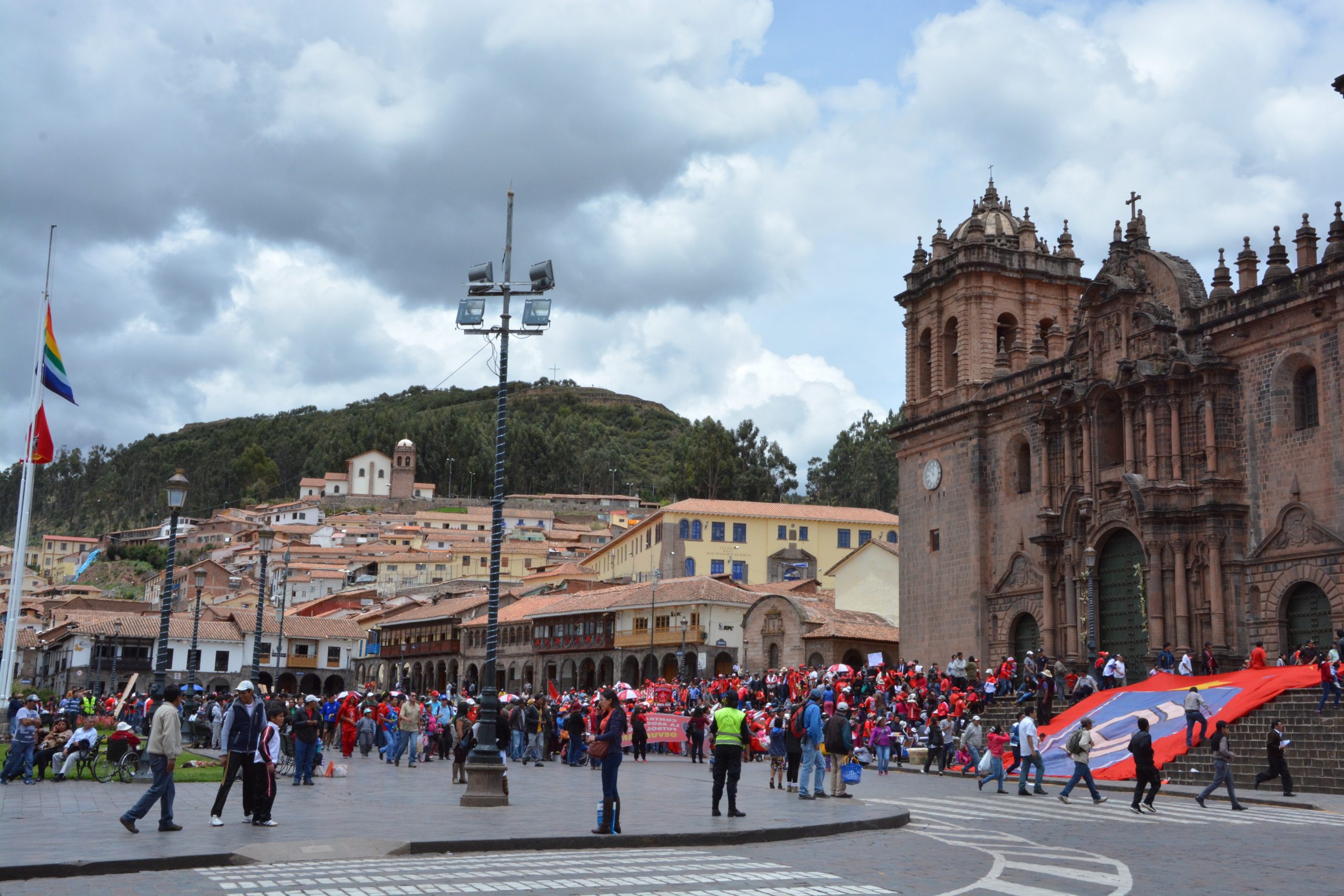
Cusco is a big city and there are lots of things to do such as visiting the Mercado Central de San Pedro, walking the Centro Historico or touring the Sacsayhuaman. Our time in Cusco was not long as the main event was to come; Machu Picchu.

When in Peru, seeing Machu Picchu comes in at number one. Here are some tips for planning your visit to Machu Picchu:
- There are no roads to Machu Picchu. You can only get there by walking (Inca Trail) or by train. Two of the three main railway systems in Peru, IncaRail and PeruRail, both provide transportation from Poroy (a 20-minute drive from Cusco) to Aguas Calientes, the city at the base of Machu Picchu. Knowing ahead of time, we purchased our train tickets from PeruRail at the Cusco airport when we landed from Arequipa, but you can also visit the online website or one their offices in the main center of Cusco. Highly recommended to reserve in advance if traveling during high tourist season
- You cannot buy entrance tickets to Machu Picchu at the top. You must go to the office in Cusco to purchase entrance tickets ahead of time or else you cannot enter.
- Plan your departure and arrival times to Machu Picchu accordingly. Once you arrive in Aguas Calientes, if you plan on taking the bus up to Machu Picchu, they leave every half hour and take another half hour to get to the top. Try to arrive early in the morning to enjoy a full day at Machu Picchu.
- Another option is to take a 1.5-hour taxi drive from Cusco to Ollantaytambo. Once in Ollantaytambo, you can then take a two-hour train ride from Ollantaytambo to Aguas Calientes. Though we took the direct train ride to Aguas Caliente, we opted for the second route on the return which provided scenic views of the countryside.


Once all the details are taken care of, be ready to experience one of the greatest manmade wonders of the world. Magnificently set within a tropical forest among the Andes Mountains, Machu Picchu is evidence of the incredible handiwork and engineering skills of ancient 16th century Incan civilization. This citadel stretches over more than 5-miles made of more than 3,000 stone steps fitting perfectly together, which were unbelievably constructed without the use of modern day technology or measurement tools. This ruin site is a must see for anyone traveling to Peru and continues to be a fascinating part of Incan history. After about a two-hour guided tour and a few more hours roaming Machu Picchu, we returned to Aguas Calientes and had a scrumptious lunch at the award-winning restaurant Indio Feliz and ended our night at the nicely located and accommodating Hotel Taypikala Machupicchu.


Boasting one-third of Peru’s population, our last stop was to Lima. After all those times in the mountains, it was nice to be greeted by the sea and warm breeze. As with any big metropolitan city, you will find large shopping malls like Larcomar and city sights like the Plaza de Armas, but exploring areas outside of the main city are where you’ll find the greatest treasures.



Walking the six-mile Miraflores boardwalk or wandering the café filled, music-inspired, artsy neighborhood of Barranco were my favorite parts of Lima.

For the more adventurous, you can see Peru from a new perspective by paragliding off the cliffs of Miraflores. There is only one company and it can be found near the Parque del Amor. Another very popular activity, especially during winter (since their seasons are opposite, is surfing with some decent beaches nearby and some of the best beaches only an hour away. For lodging, Miraflores is the best and safest area to stay in Lima. The Hotel Dazzler is highly recommended for its elegance and class, but book online as the price online is one-third of what they charge in person.
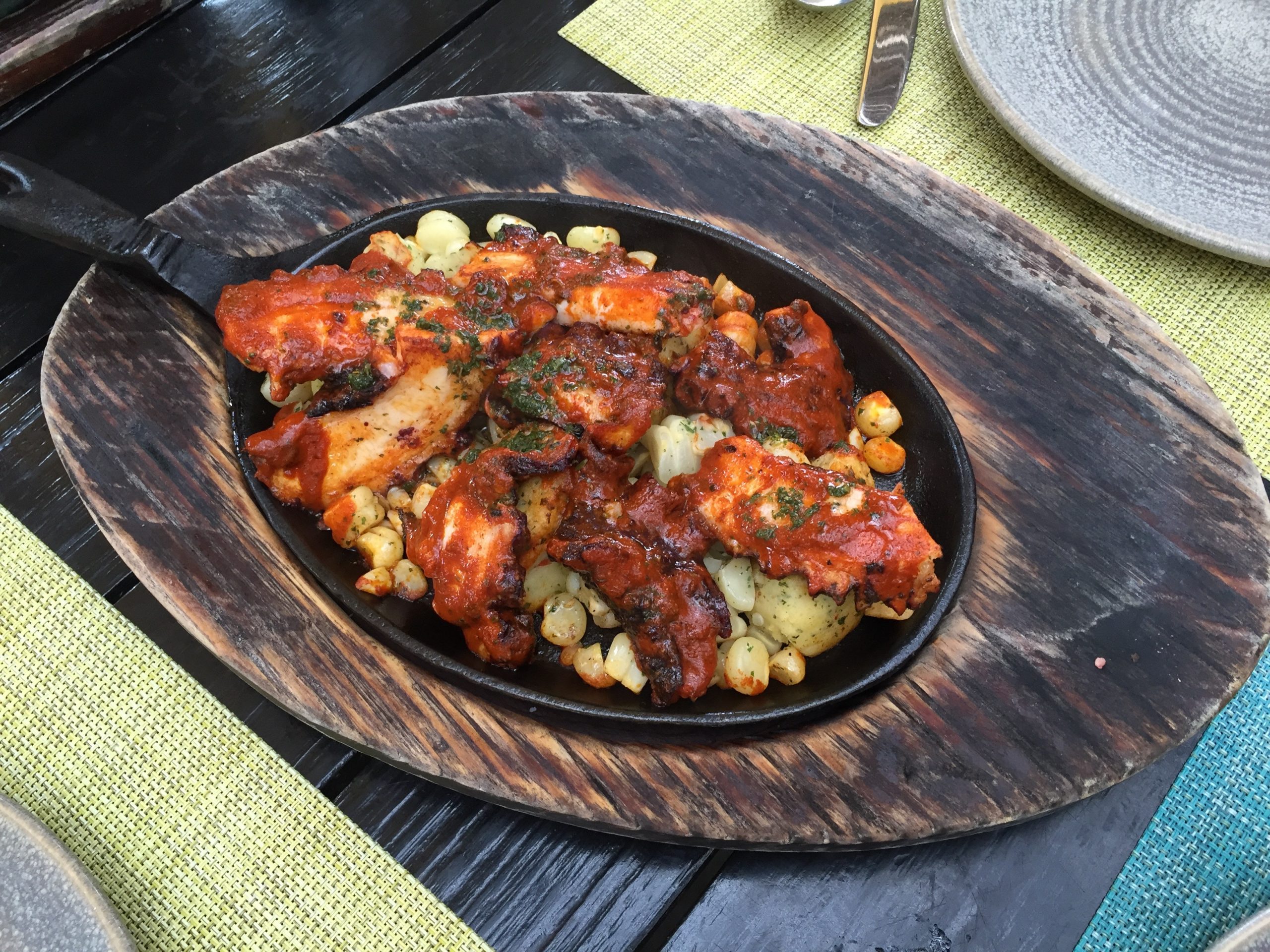
But on to my favorite topic as always… food. Lima is a culinary capital fusing traditional Peruvian food with Spanish, African, Asian flairs. The majority of Lima’s flavorful food can once again be attributed to chef Gaston Acurio and though you may be tempted by his cookbook in every bookstore or market, you can also order it at a local bookstore or online.
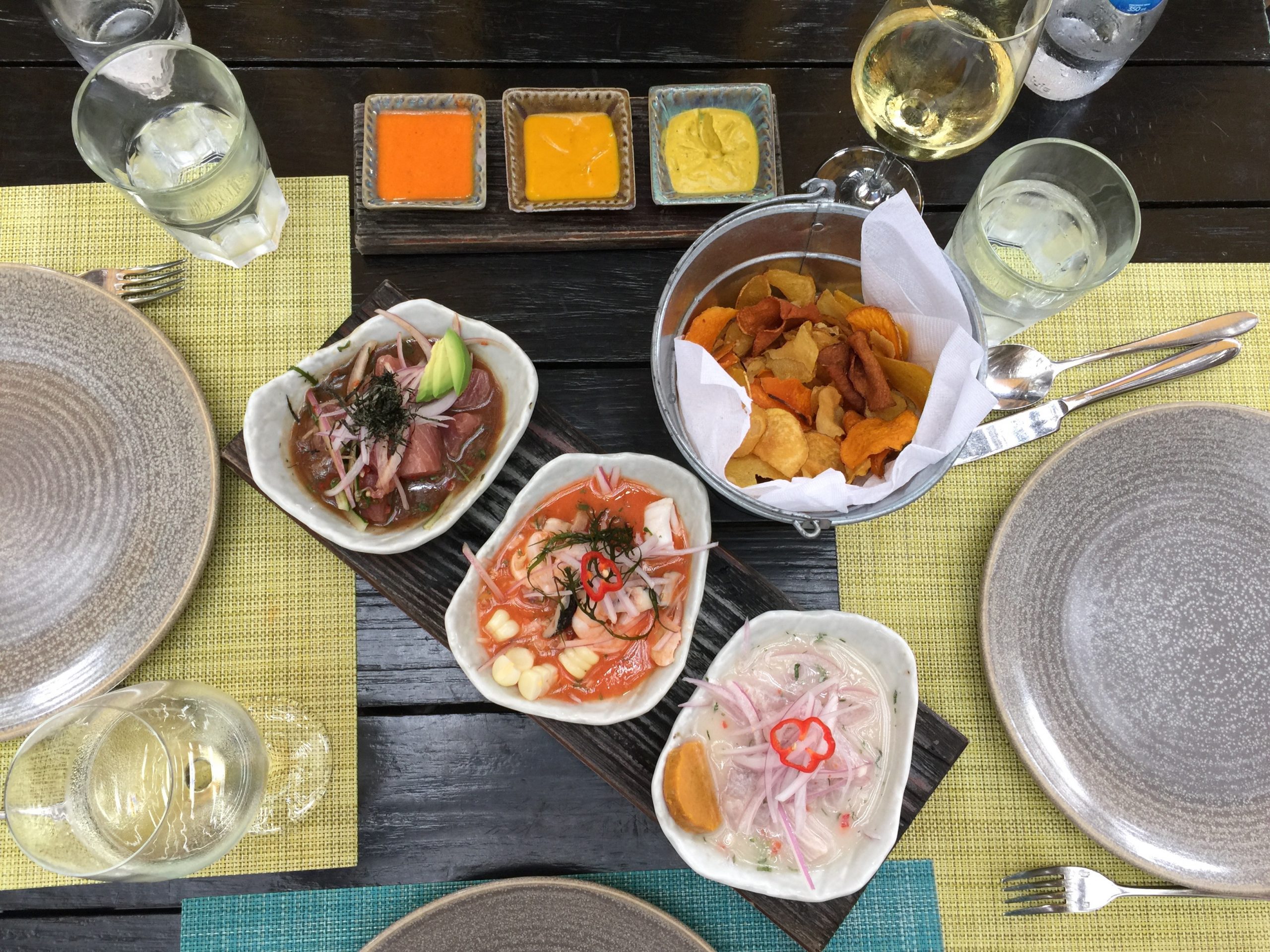

Earlier in the post I mentioned the glorious goodness in all that is ceviche, but I didn’t say where the best ceviche is. Have no fear as I am here to tell you about the best ceviche in Lima if not Peru at La Mar Cebicheria. Gaston Acurio does it once again at La Mar, a cevicheria specializing in the freshest ingredients and seafood for incredible causas, tiraditos, nigris, main entrees and of course, ceviches. Innovative dishes, fantastic food, upbeat environment and a friendly atmosphere completely overshadow the higher price and is an absolute must. I promise it is worth the minimum hour wait as we have three times experience to prove how amazing it really is. (Note: La Mar does not take any reservations, but if you get there at 12 p.m. right when they open you’ll be sure to grab a table within minutes before the onrush of tourists and locals alike.) If you’re in need of a dinner place, be sure to check out Pescados Capitales for the another fresh and tastiest of seafood dishes. While Pescados Capitales does it for dinner, if you really want to indulge be sure to plan ahead and reserve a table as far as two months in advance to snag a seat at the highly rated and recognized top restaurants in the world, Astrid & Gaston or Central.


All in all, it’s always fun to see new places, but its not where you are, but who you are with that make for the greatest memories. Traveling is not always about finding the world, but the world finding you. In turn, you can introduce yourself to the world, to new cultures and to new people. Along the way, we met a new friend (Hi Daniel!) that provided the uniqueness, genuineness, motivation, harmony and excitement in a friendship only traveling across borders could have created.
The gift of travel; the ultimate Christmas present.
“For God so loved the world, that he gave his one and only Son, that whoever believes in him shall not perish but have eternal life”- John 3:16
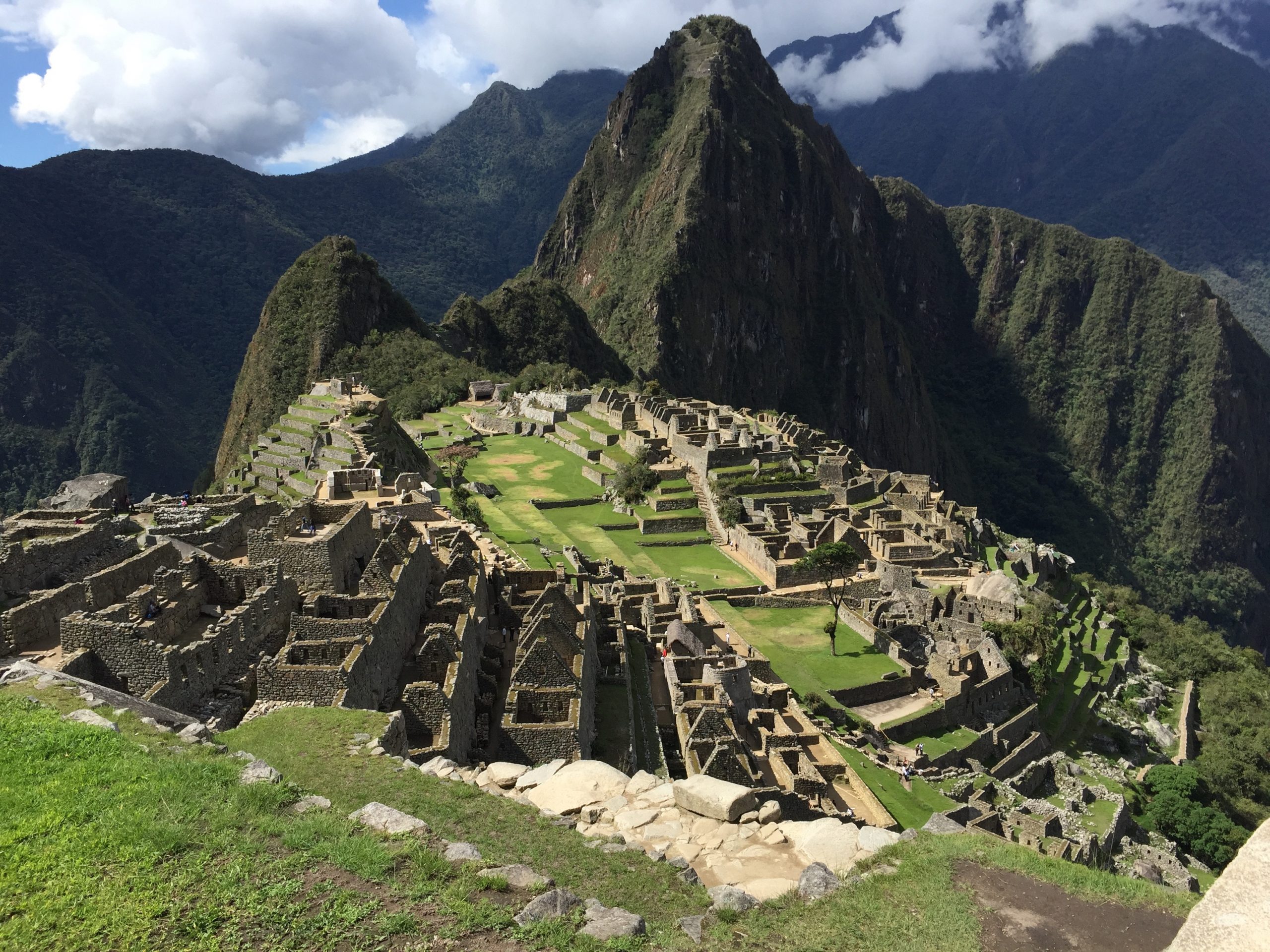
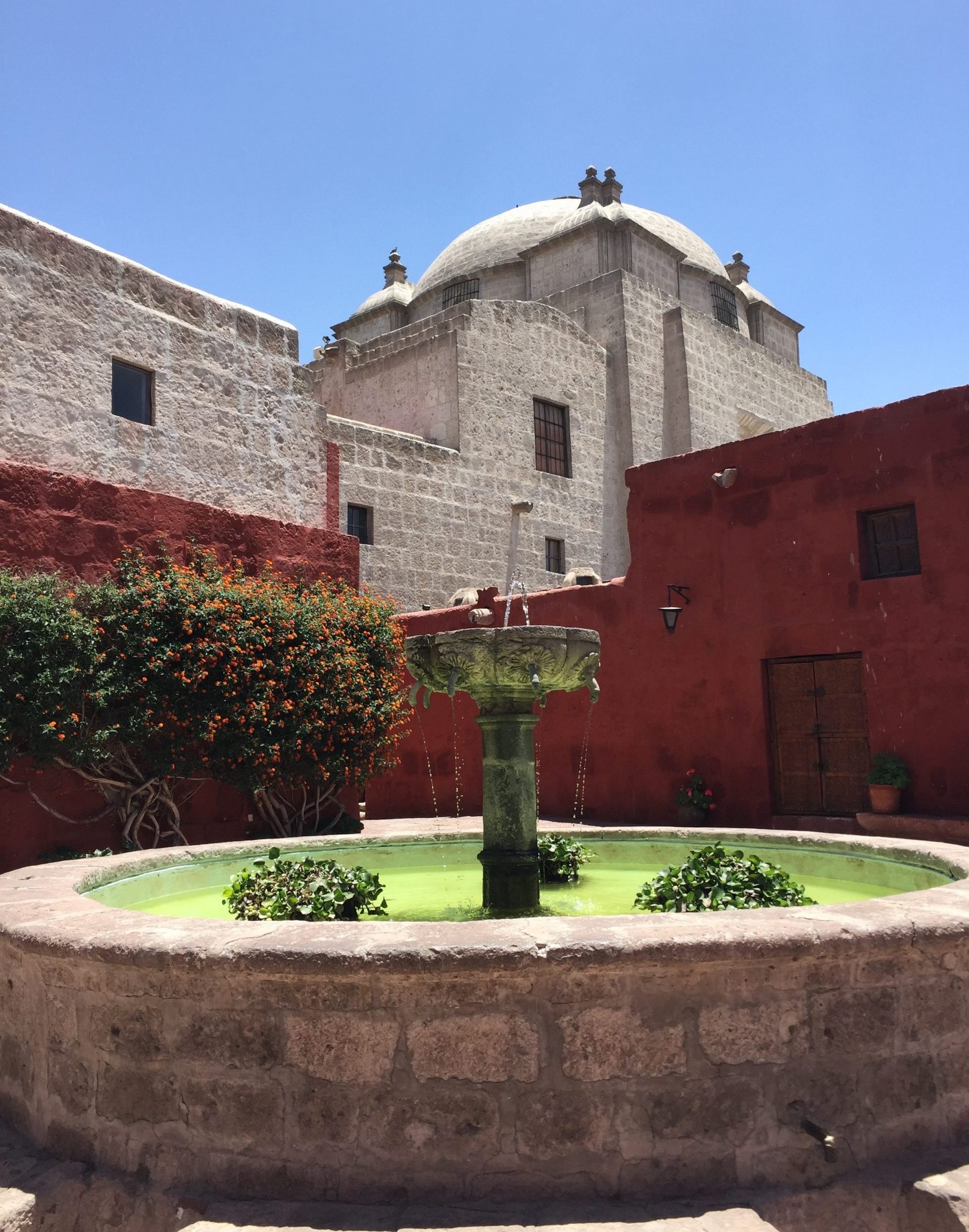
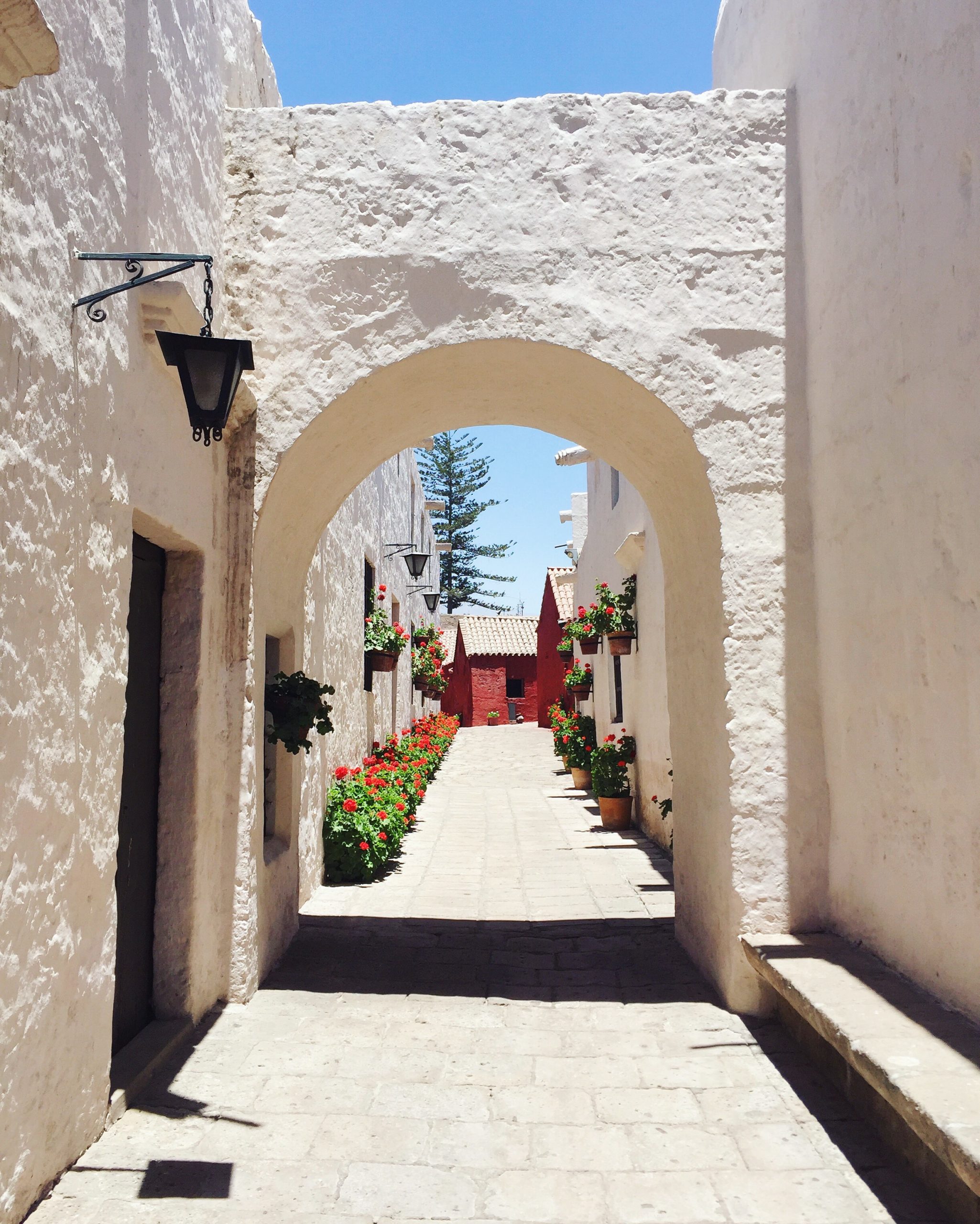
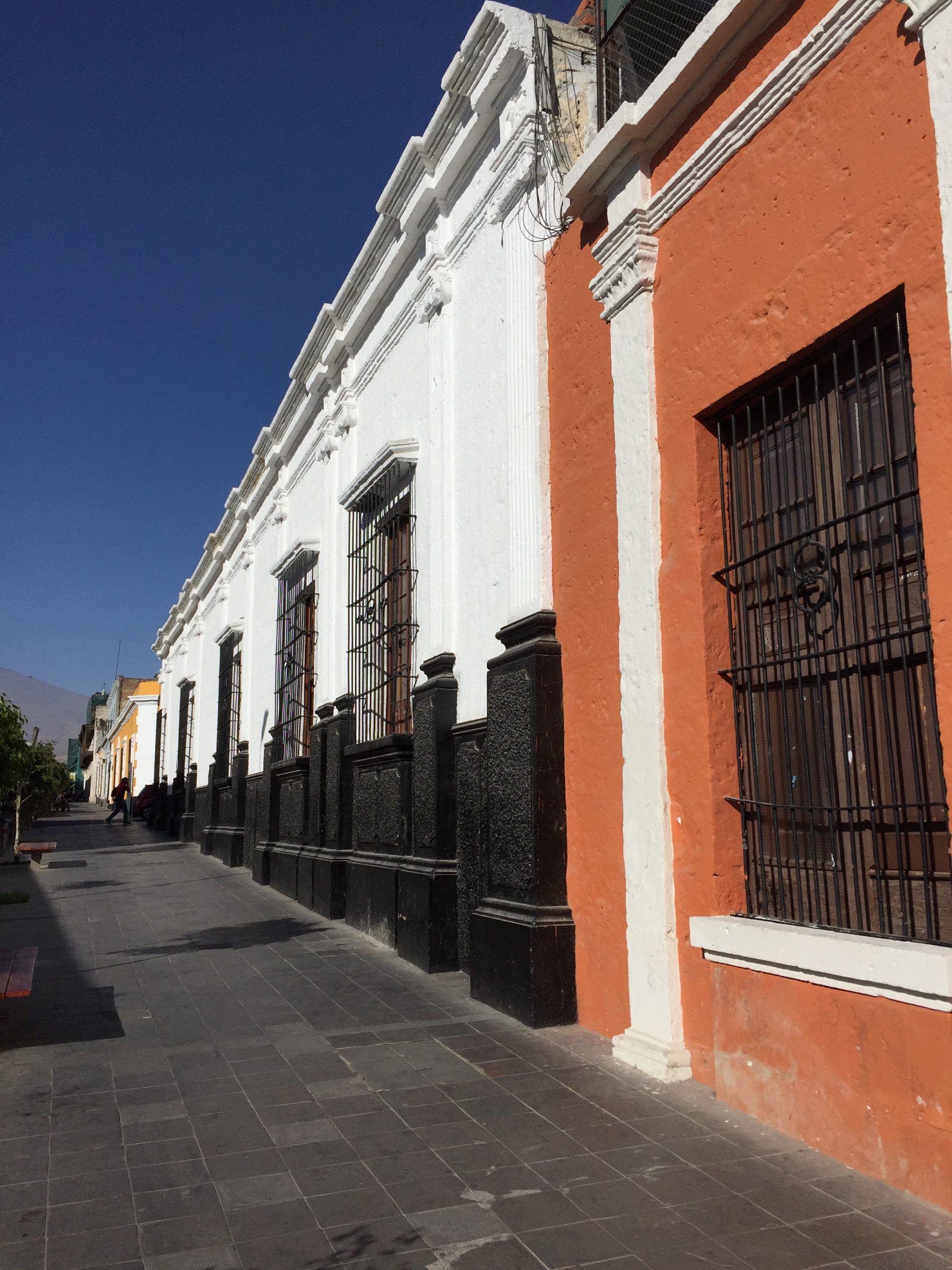
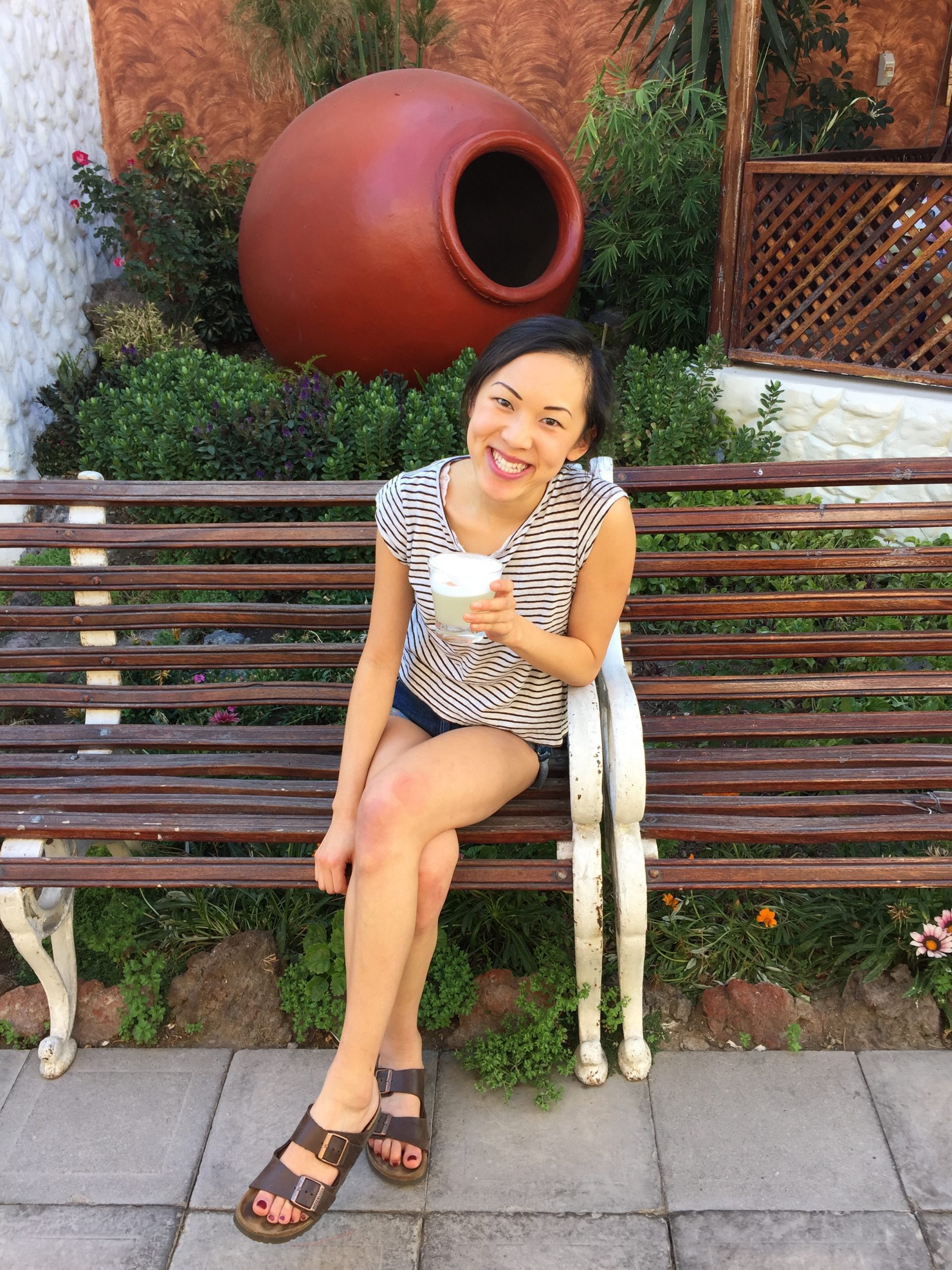
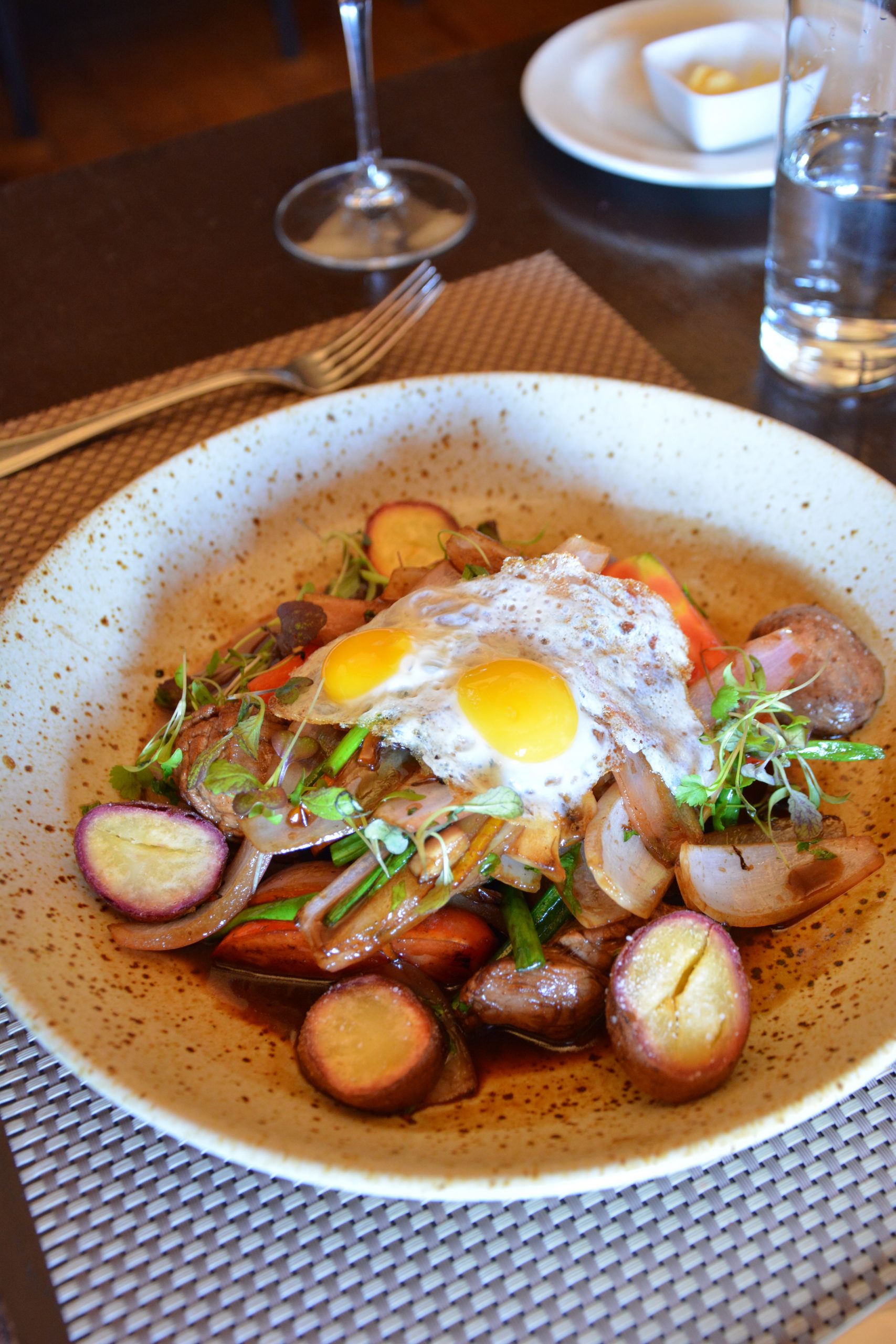
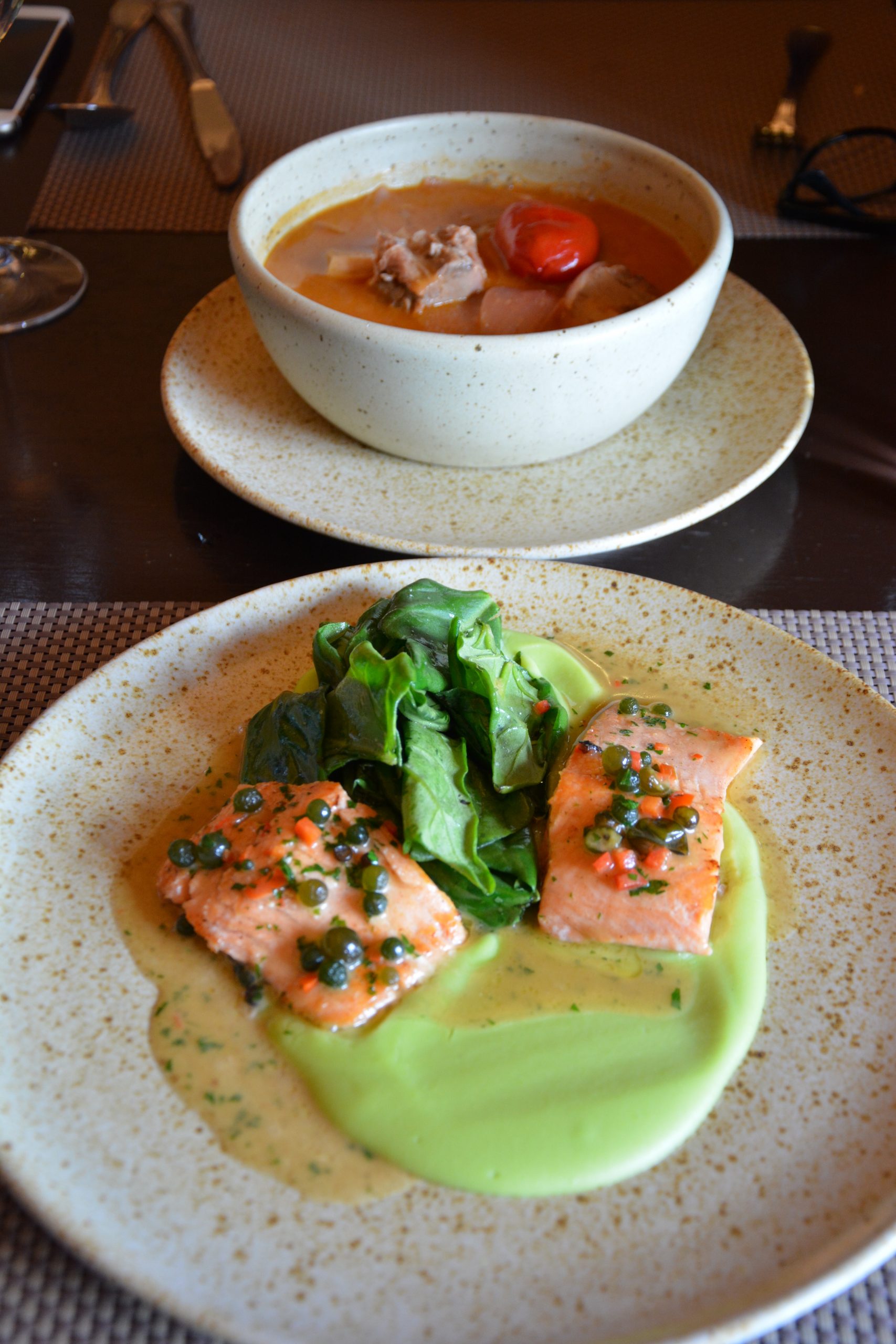
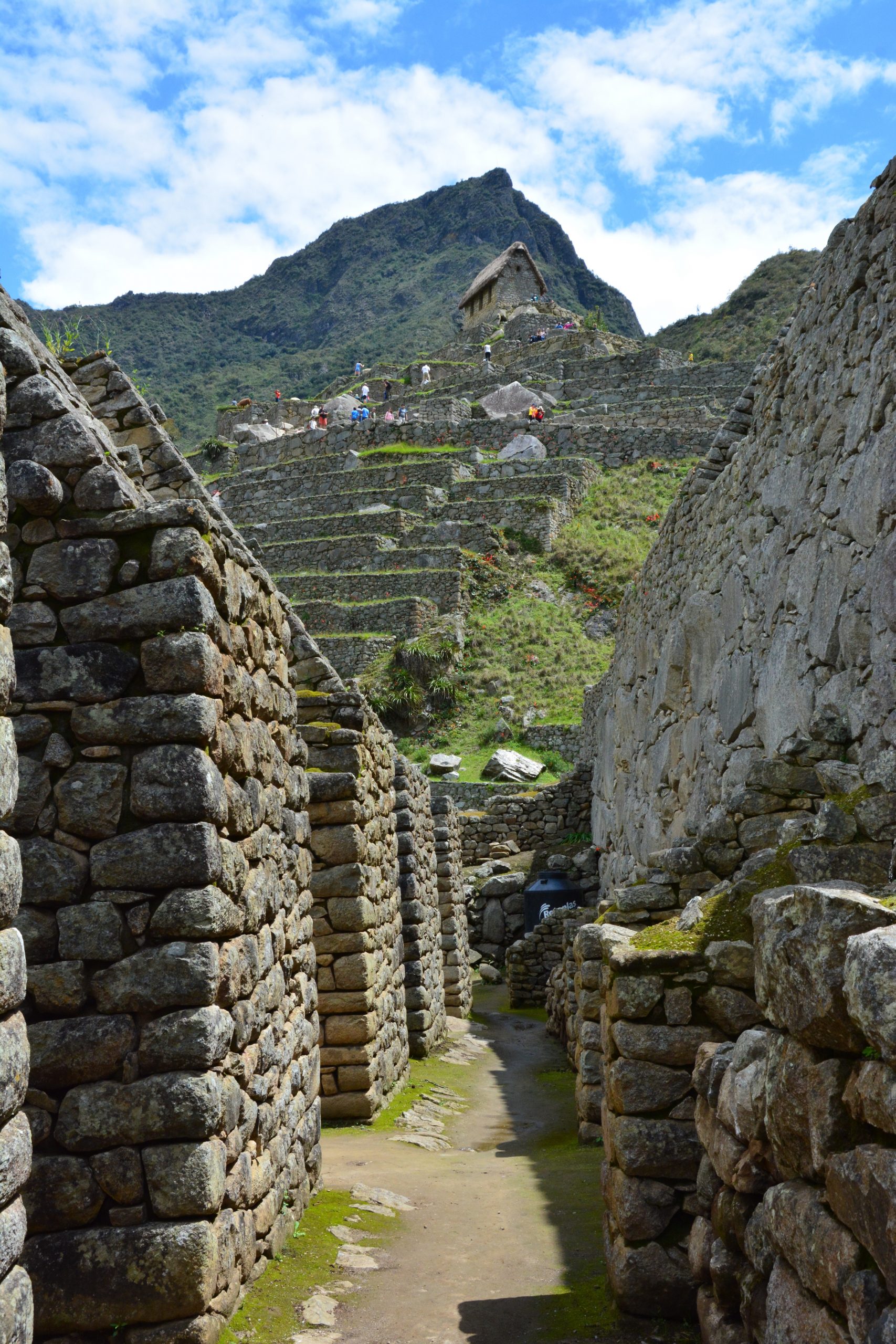
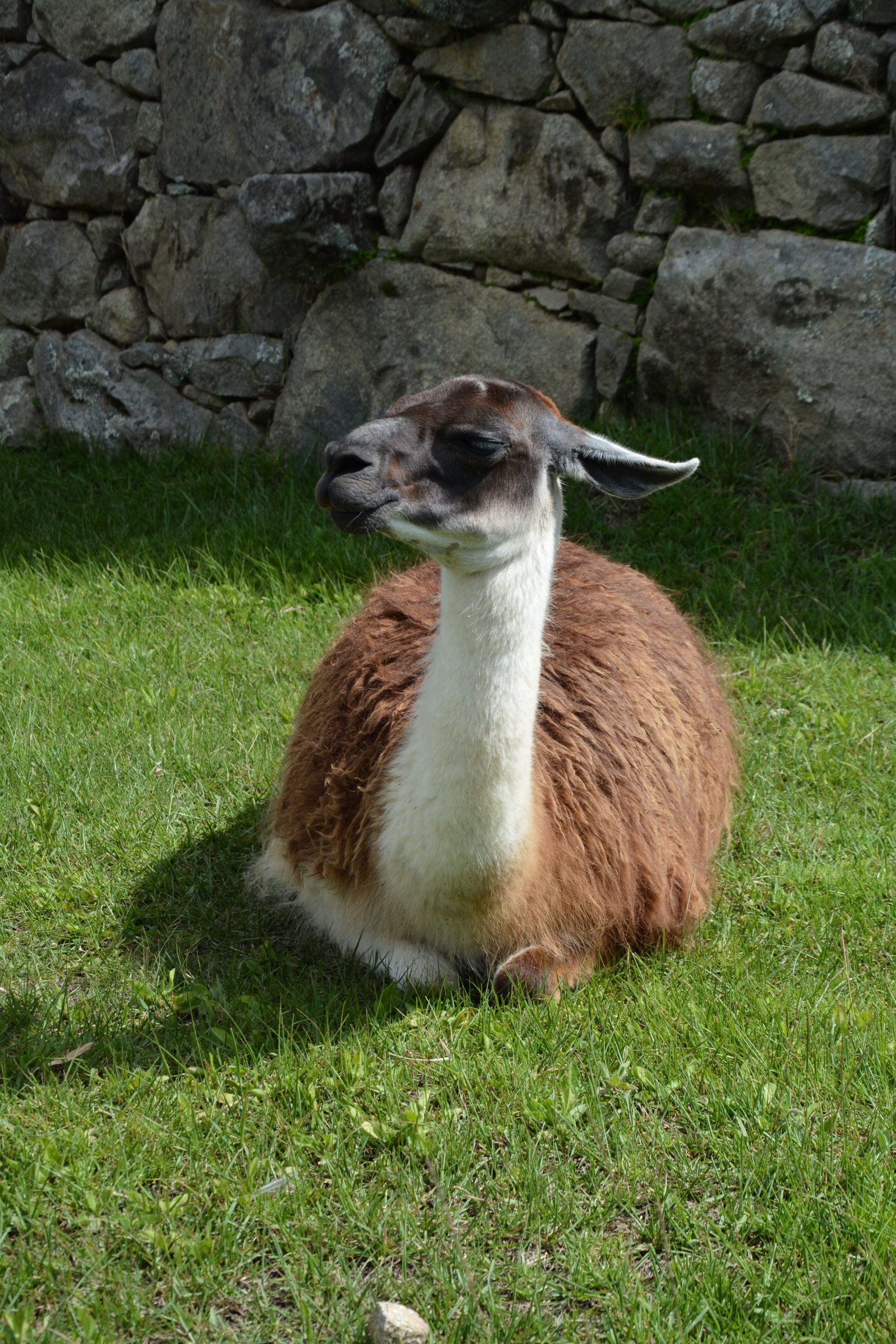
Great Post.
LOVED THIS!!! And super envious of that ceviche
Great post Soleil! Loved all the information and photos! I don’t think I’d try the guinea pig, though…